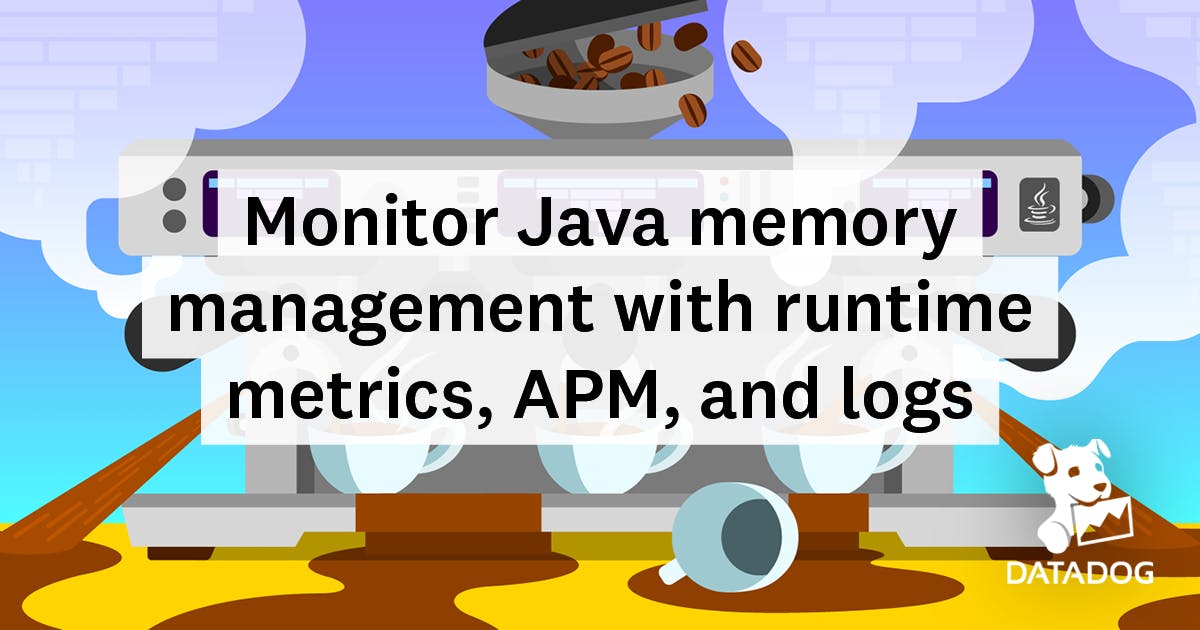
These options do cause some slowdown (I’m guessing ~30%), you can reduce the slowdown by removing the -XX:MinHeapFreeRatio and -XX:MaxHeapFreeRatio options, but then less memory will be returned to the OS. While compiling your entire project, memory usage can still spike to ~1 GB, but afterwards it should be reduced to 200 (up to 300) MB, depending on the size of the project & the size of the files your are editing. These options force the java virtual machine to aggressively give back memory to the operating system. You can configure the Java Virtual Machine to give memory back to the operating system by adding these lines to sigasi.ini (standalone version) or eclipse.ini (Eclipse plugin): -XX:+UseParNewGC Releasing memory back to the operating system It may also be interesting to add the line -XX:+UseConcMarkSweepGC, this option enables a different garbage collector that runs concurrently with the program, it reduces the pause times when a garbage collection is performed. Note: the below setting is no longer available in recent Java versions Here we can set the maximum memory usage using the -Xmx option, for example if you want to increase the memory usage to 2.5 GB, you replace the existing entry with -Xmx2560m. In this file we’re only interested in the part that comes after the option -vmargs. If you use Sigasi Studio as a plugin, open the file named eclipse.ini. If you use the standalone Sigasi Studio build, open the file named sigasi.ini in the installation directory.

By default, Sigasi HDT has capped the maximum allocated memory to 1GB, however this limit can be raised.

If you want efficient garbage collection there should be a buffer of about 200-300 MB to prevent the garbage collector to be triggered continuously. So if you want to know how much memory is really being used, you should enable this UI element, trigger a garbage collection and look at the amount of memory used by the application.įor big projects, the memory use can approach 1GB. A garbage bin icon, if you click it, it will trigger a garbage collection.The total amount of allocated memory for the application, in the example 254MB.The amount of used memory by the application (including garbage that has not been collected), in the example 111MB.In the status bar of eclipse (bottom of the screen) a new UI element will appear. Goto Window > Preferences > General and enable Show heap status and click OK. Instead you have to use the build-in utilities of eclipse. Because of the Java garbage collector it is not possible to measure the memory usage using the task manager of your operating system. Sigasi runs on the Eclipse platform that runs on the Java Virtual Machine.

If you think you are still experiencing memory issues with Sigasi, here are a few tips that may help you diagnose the problem. Recent versions of Sigasi include a number of improvements that reduce the memory usage with 20 to 30% and a number of potential memory leaks have been fixed.


 0 kommentar(er)
0 kommentar(er)
